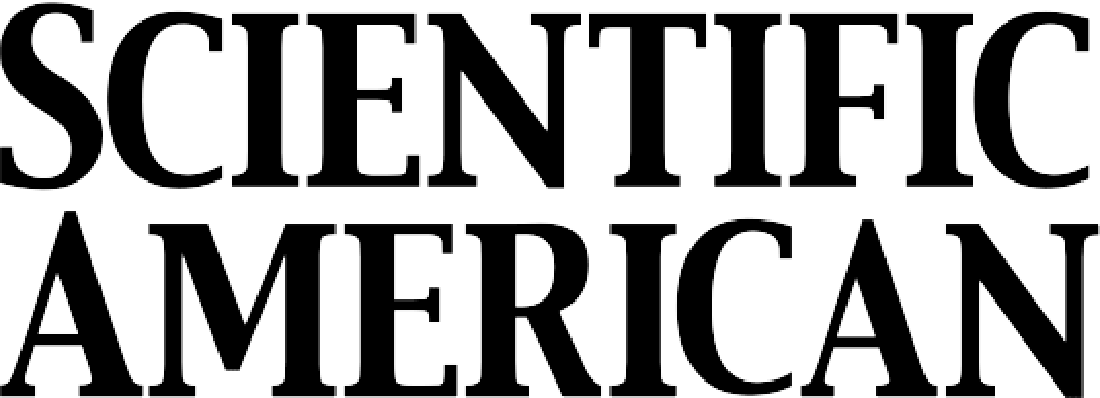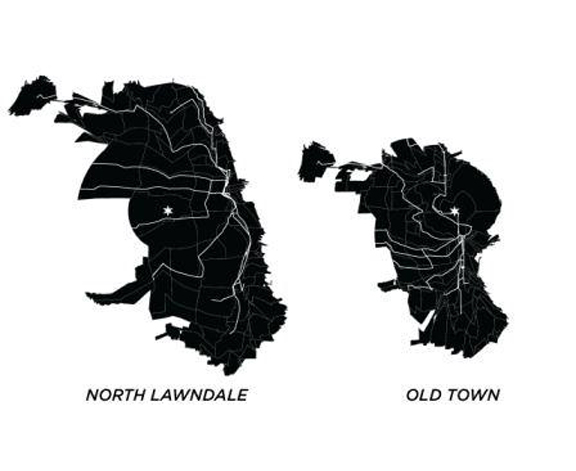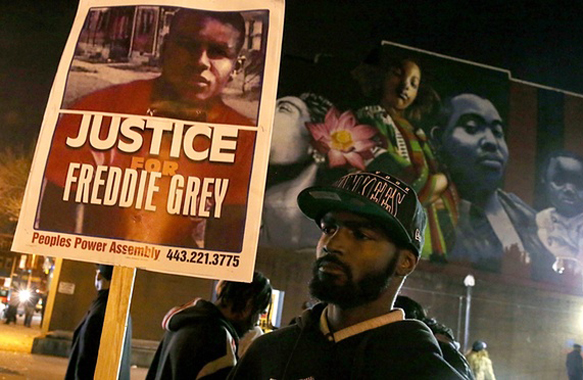 By Karna Gowda
By Karna Gowda
Originally Published at Scientific American. August 20, 2013
This year, Mason High School was one of 50 programs in the Chicago Public School system closed permanently. This recent wave of closings is unprecedented in the city’s history, with over 1,700 faculty laid off and many more students displaced. Shutting the doors of a school has a lasting impact on the surrounding area: “Closing a school is akin to closing a community,” says Ald. Ameya Pawar.
In light of this, it is especially surprising to find out that the closing of a school like Mason does not necessarily represent a failure of the system. Rather, this kind of outcome is etched into the current design of CPS through school choice. Each year, over half of CPS students elect to enroll in a school that is different than the one assigned to them by the city. The intention behind giving parents and students the ability to choose is to foster competition between schools, which is in turn expected to create system-wide improvement. For the CPS, as in many school systems around the world, school choice should cause students to migrate from lower to higher performing schools. Underperforming schools would then be forced to either improve or close down. Either way, the school system in aggregate would benefit.
Though this “free-market” approach to education appears to promise improvement, it is important to back up a seemingly good idea with empirics, especially so for one with such potential to reshape communities. Since it is difficult to directly prove that school choice results in school improvement, a new study by Sirer et al. instead looks for a basic prerequisite for improvement by asking whether choice drives students away from low-performing schools. They use the tools of network analysis on a vast collection of student history and test score data to determine the flows of students within and between school districts. Within CPS high schools, they find that students do generally flow from low to high performing schools. This effect occurs even when accounting for particularly bright students who skew the data by consistently moving to the best performing schools.
There is a catch, though. Sirer et al. note that the degree to which students leave low-performing schools varies based on location and student demographic. By observing which CPS schools are similar in terms of how they trade students, Sirer et al. identify de facto “subdistricts.” The data suggest that students are more likely to switch between schools within their subdistrict than to leave, so each subdistrict is effectively isolated. In addition, high performing students tend to make big moves to better schools, leaving their subdistricts if necessary. By contrast, students with low test scores often opt to stay within their subdistricts, often settling for only marginally better schools if they choose to move at all.
These complications to the story reveal a “market” that is fragmented and inconsistent. This leads us to ask why these subdistricts form in the first place, and whether school choice works for young people living in these areas. If not, then is it fair to treat school systems as economic markets?
For one, geography figures prominently into a student’s ability to leave their subdistrict and attend a higher quality school. In contrast to traditional geographic barriers though, urban geography is difficult to appreciate on a typical map. Vast deserts form over parts of the city that are not well connected to public transportation. Mountains and impassible rivers are formed by violent neighborhoods and gangland territories. The sprawl of Chicago can present a great challenge to a student navigating the city.
To illustrate this point, here are two unconventional maps of Chicago, redrawn as they are experienced in terms of travel time from the North Lawndale and Old Town neighborhoods:
 Here, distance represents travel time via public options, with roughly equal travel times depicted as equal distances from the origins (marked by stars). It is easy to see that students traveling from North Lawndale, site of now-shuttered Mason High School, have a much bigger Chicago to contend with than students coming from Old Town. The latter is certainly good news for students who live near Old Town, which is already home to the fantastically successful Walter Payton College Prep. However, for Mason students, this rescaling highlights the reality that it is difficult to get to schools with track records for success.
Here, distance represents travel time via public options, with roughly equal travel times depicted as equal distances from the origins (marked by stars). It is easy to see that students traveling from North Lawndale, site of now-shuttered Mason High School, have a much bigger Chicago to contend with than students coming from Old Town. The latter is certainly good news for students who live near Old Town, which is already home to the fantastically successful Walter Payton College Prep. However, for Mason students, this rescaling highlights the reality that it is difficult to get to schools with track records for success.
The ability of school choice to promote competition throughout the entire CPS depends on the accessibility of high performing schools to students in low performing areas. In the absence of this, as one witnesses in Chicago, the school system fractures, partially along the lines of pre-existing racial and socioeconomic division. This is not to say that the idea of school choice is broken. Indeed, this most recent study appears to confirm that competition causes students to leave underperforming schools. What is up to question, though, is the extent to which this works for all communities. At best, school choice represents an improvement to a stagnant school system with few pressures for improvement. However, it cannot be viewed as a panacea, especially for hard to reach students living in hard to reach neighborhoods.
The inspiration for this post arose from a collaboration between the author and Brendan Albano (SAIC), Luís A.N. Amaral (NU), Richard Blackwell (SAIC), Felix Hu (NU), Sarah Jenkins Faulk (SAIC), Bo Rodda (SAIC), Nicholas Timkovich (NU) and Kyle Yakal-Kremski (NU) as part of the course “Collaborative Data Visualization”, offered jointly through Northwestern University and the School of the Art Institute of Chicago. An exhibition containing the works in this post and similar graphics is currently underway at Neiman Center Student Gallery, 37 S. Wabash, Chicago IL. The opinions expressed in this post belong to the author and do not necessarily represent the opinions of his collaborators.
Images generated by Brendan Albano, Richard Blackwell, Karna Gowda, Felix Hu, Sarah Jenkins Faulk, Nicholas Timkovich and Kyle Yakal-Kremski.
Reference:
Sirer, M.I., Maroulis, S., Guimera, R., Wilensky, U., Amaral, L.A.N. (2013). The Currents Beneath the Rising Tide of School Choice: An Analysis of Student Enrollment Flows in the Chicago Public Schools. Preprint.
About the Author Karna Gowda is a graduate student of applied mathematics at Northwestern University, where he studies the mathematics of climate and climate change. He was born and raised in the north suburbs of Chicago, where he cultivated a strange interest in small creatures and their complex behaviors. He later obtained his bachelor’s degree in mathematics from the University of Illinois at Urbana-Champaign. Between programs, Karna has worked in private industry and education. The latter continues to be a focus of his academic career and personal interest.












Leave A Comment